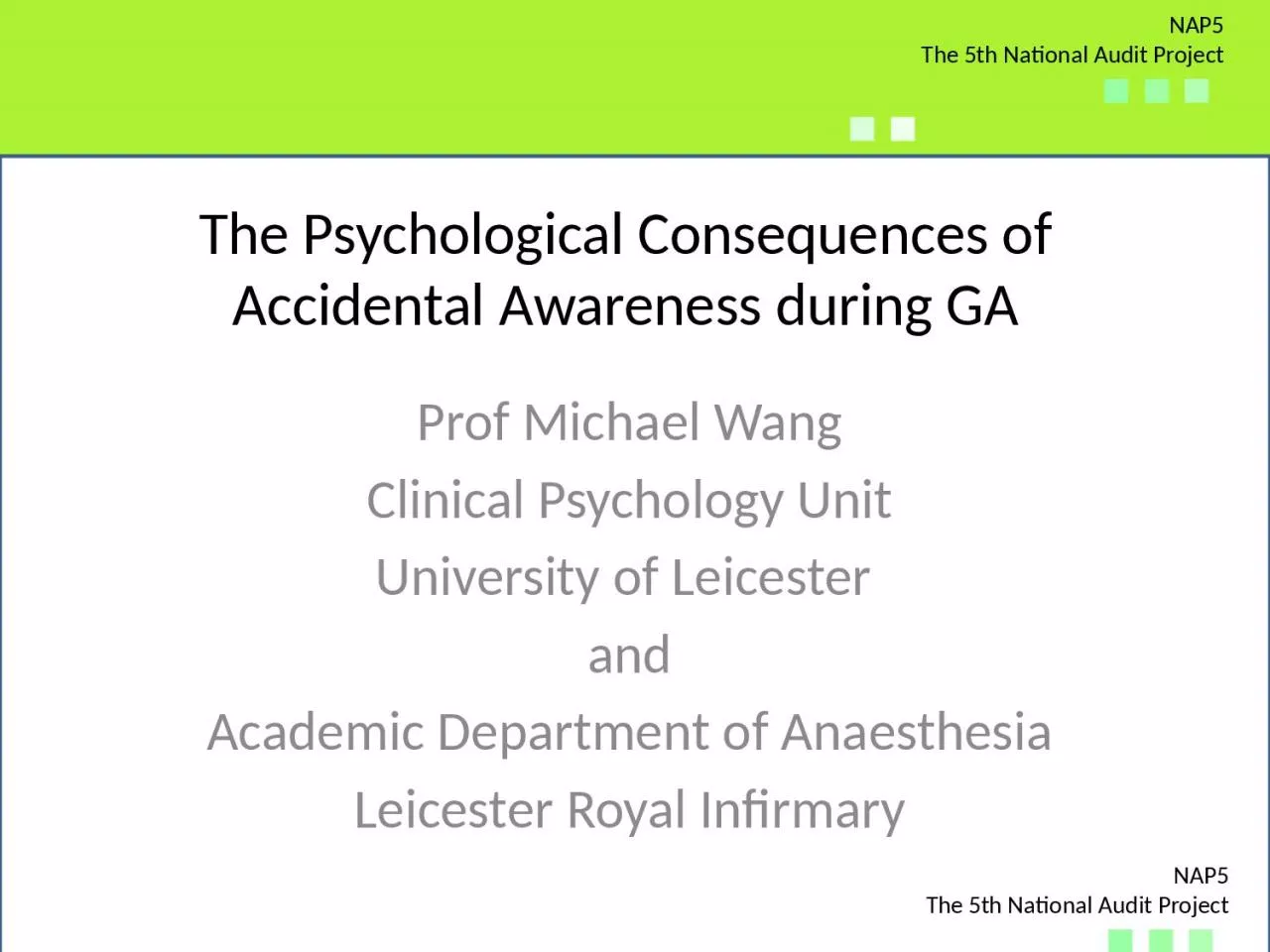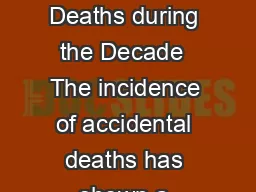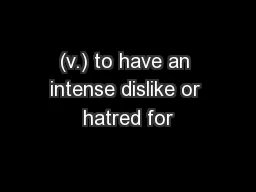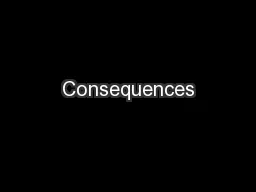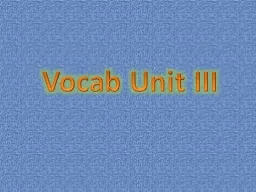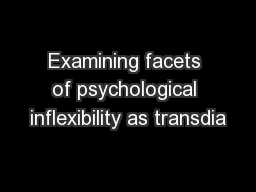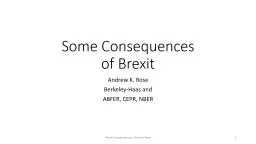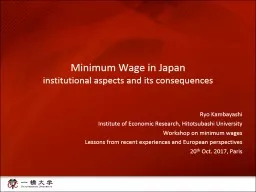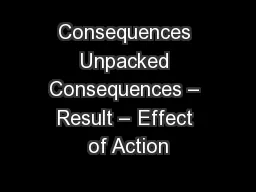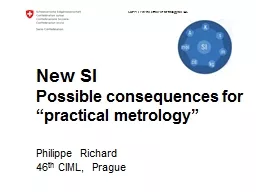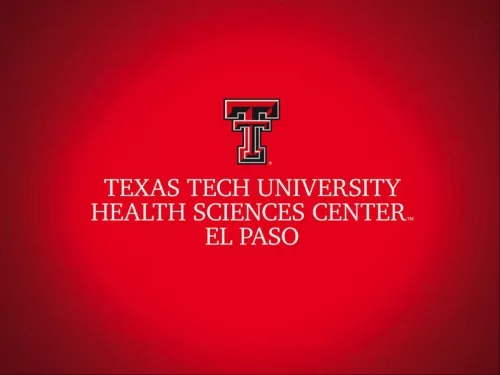PPT-The Psychological Consequences of Accidental Awareness during GA
Author : alis | Published Date : 2024-02-09
Prof Michael Wang Clinical Psychology Unit University of Leicester and Academic Department of Anaesthesia Leicester Royal Infirmary Outline What NAP5 can tell us
Presentation Embed Code
Download Presentation
Download Presentation The PPT/PDF document "The Psychological Consequences of Accide..." is the property of its rightful owner. Permission is granted to download and print the materials on this website for personal, non-commercial use only, and to display it on your personal computer provided you do not modify the materials and that you retain all copyright notices contained in the materials. By downloading content from our website, you accept the terms of this agreement.
The Psychological Consequences of Accidental Awareness during GA: Transcript
Download Rules Of Document
"The Psychological Consequences of Accidental Awareness during GA"The content belongs to its owner. You may download and print it for personal use, without modification, and keep all copyright notices. By downloading, you agree to these terms.
Related Documents

